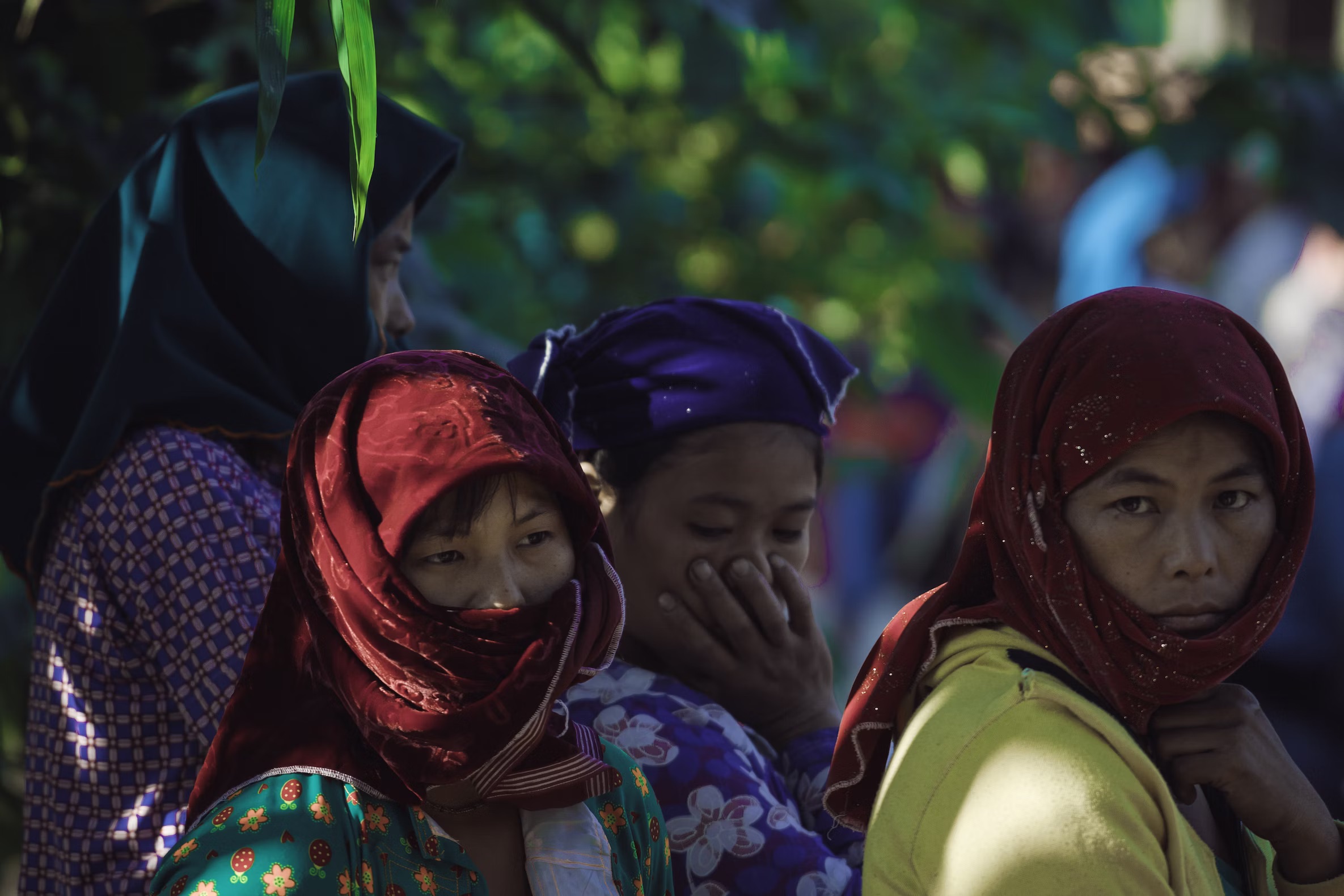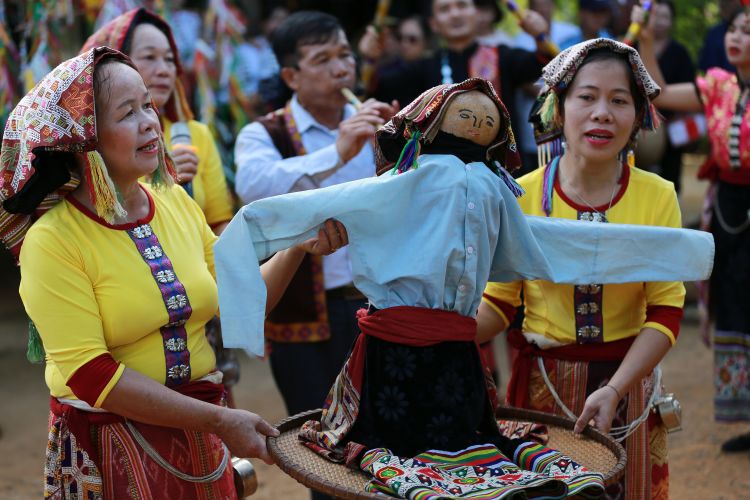Introduction to Indigenous Peoples in Vietnam
Vietnam, a country known for its rich cultural tapestry, is home to a diverse array of ethnic groups, collectively making up indigenous peoples in Vietnam. While the Kinh ethnic group forms the majority, comprising 85.4% of the population, the remaining 53 ethnic groups represent the vibrant tapestry of Vietnam’s ethnic diversity.
Despite the ethnic diversity, the Vietnamese government does not officially recognize ethnic minorities as indigenous peoples. Instead, the term “ethnic minority” is used to distinguish them from the Kinh majority. This reflects the government’s focus on promoting “unity in diversity,” emphasizing national cohesion while acknowledging cultural differences.
Ethnic Diversity and Cultural Practices
Vietnam’s ethnic minority groups exhibit a wide range of cultural practices, with some, like the Hoa (ethnic Chinese), being well-assimilated into Vietnamese culture. From the mountainous regions of the north to the lush forests of the central highlands, the daily lives of Indigenous Peoples in Vietnam are deeply connected to the land and nature. Some groups, like the Hmong and Dao, rely on agriculture, forestry, and traditional handicrafts for their livelihoods. Others, like the Cham and Khmer, maintain ancient spiritual practices, rituals, and festivals that have been passed down through generations.
The Hoa people, who are ethnically Chinese, are one of the better-assimilated groups in mainstream Vietnamese society. However, many other indigenous peoples in Vietnam continue to practice their traditional ways of life, preserving their languages and ancestral rituals. Sacred forest rituals, community-based forestry, and agricultural techniques rooted in centuries of knowledge are key aspects of life for indigenous peoples in Vietnam.

Challenges Faced by Indigenous Peoples
While indigenous peoples in Vietnam contribute to the country’s cultural richness, they also face significant challenges. Land rights and tenure remain significant challenges for indigenous peoples in Vietnam. The livelihoods of indigenous peoples in Vietnam depend heavily on the forests and land. Despite some government initiatives to allocate land for community forest management, many communities still struggle to secure land rights for their livelihoods.
Gender disparities also persist, with women often facing barriers to decision-making and access to resources. Women in these communities often have less access to education, healthcare, and resources, and they are frequently excluded from decision-making processes. Bridging the gender gap and ensuring that women have equal access to opportunities and resources is critical for the sustainable development of indigenous peoples in Vietnam.
Government Policies and Legal Framework
The Vietnamese government has implemented various policies to improve the living conditions of indigenous peoples in Vietnam. While Vietnam’s Constitution guarantees equal rights to all citizens, including ethnic minorities, the implementation of policies and laws related to indigenous peoples varies across provinces. Although there are ministries and agencies dedicated to ethnic minority affairs, gaps in policy implementation and coordination hinder effective support for indigenous communities.
Implementation Issues and Policy Gaps
Despite the existence of pro-poor policies and legal protections, ethnic minority communities continue to face challenges due to insufficient resources and ineffective implementation. Policies often lack specificity and fail to address the diverse needs of different ethnic groups, highlighting the importance of bottom-up approaches and tailored interventions. This leads to policy gaps, where certain communities of indigenous peoples in Vietnam remain underserved and underrepresented.

Recent Developments and Future Prospects
Despite the ongoing challenges, some progress has been made in recent years in addressing the needs of indigenous peoples in Vietnam. Recent efforts, such as the
Ethnic Minority Development Plan 2016-2020, aim to address gaps in policy and data collection. In addition to the Ethnic Minority Development Plan, there has been a growing recognition of the importance of indigenous peoples in Vietnam’s national development strategy.
However, challenges remain, particularly in ensuring adequate representation and addressing the specific needs of smaller ethnic groups. Improving data collection methods and empowering indigenous communities are essential steps toward progress. Greater attention is being paid to improving education, healthcare, and access to basic services for indigenous peoples in Vietnam, particularly in remote areas.
Empowering Indigenous Communities
Closing the gender gap and improving access to education and healthcare are crucial for empowering indigenous communities in Vietnam. By promoting gender equality and providing culturally sensitive services, Vietnam can ensure that all citizens, regardless of ethnicity, have equal opportunities for development and well-being.
Culturally sensitive healthcare services are also important in empowering indigenous peoples in Vietnam. Many ethnic groups have unique health beliefs and practices, which need to be respected in the delivery of medical care. Ensuring that these communities have access to healthcare while respecting their cultural values is key to improving health outcomes.
Conclusion: A Future of Hope for Indigenous Peoples in Vietnam
The future of indigenous peoples in Vietnam holds promise, but there is still much work to be done. They face various challenges, from land rights to gender disparities. However, with ongoing efforts to address policy gaps and empower communities, there is hope for a brighter future. With the right policies and support, indigenous peoples in Vietnam can look forward to a future where their rights are protected, their cultures are preserved, and their communities thrive. By recognizing the unique cultural heritage of indigenous peoples and supporting their rights, Vietnam can truly embrace its diversity and foster inclusive development.
Organizations like
YESD Social Enterprise are playing a vital role in supporting local communities and Indigenous Peoples in Vietnam. Through sustainable tourism initiatives, we ensure that tourism benefits local people directly, helping preserve cultural heritage while providing economic opportunities. By partnering with Indigenous Peoples in remote regions, YESD promotes responsible travel that supports community-led development projects, helping improve education, healthcare, and gender equality.


